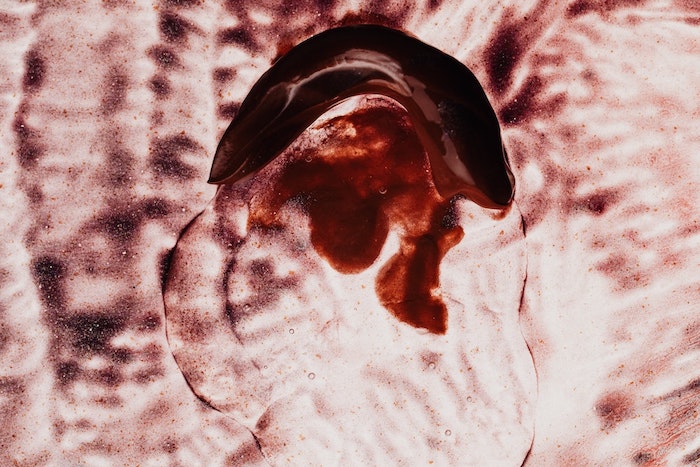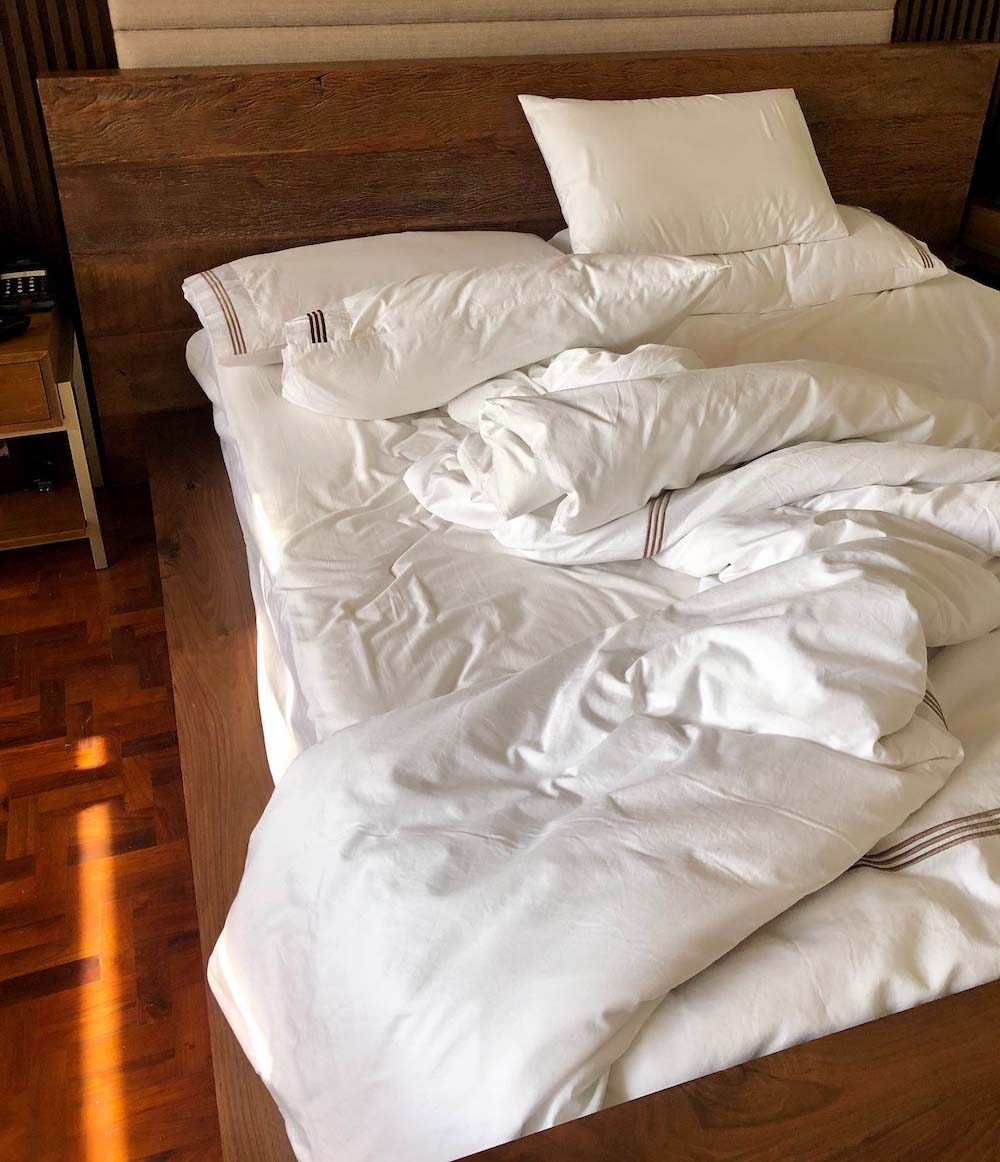Incontinence! As the advert says, it’s just a little bit of wee, right? Well yes, they’re right, but it’s also embarrassing and can be distressing. After all, unlike your monthly period, when it comes to that little bit of dribble (too graphic?), you don’t know where it’s going to strike, or indeed when! It could happen when you cough or sneeze (yup, been there), lost your footing (again, yes), laughing (coughs, yes), or even during exercise (I’m not going to mention that time at the trampoline park!) This can ultimately affect us in our personal relationships, social activities, and even intimate relations! But the good news is, incontinence can be improved.
What causes incontinence?
Normally, when full, the muscular wall of the bladder contracts at the same time as a valve mechanism at the outlet of the bladder relaxes. However, when the pelvic muscles weaken, incontinence develops. This reduces our ability to hold in urine and prevent leakage.
As women, we are twice as likely to experience incontinence as men. Pregnancy, childbirth, obesity, menopause, and indeed the structure of the female urinary tract all account for this difference.
The risk of incontinence can increase:
- In the week before your period because low estrogen levels may lower muscular pressure around the urethra
- Following childbirth
- During and after menopause due to the drying and thinning of the skin in the vaginal wall and/or urethra
By the age of 75, at least 16% of women will have experienced some incontinence. That said, younger women can also be affected.
Types of incontinence
Stress incontinence
This is the most common form of incontinence and most often caused by surgery and slack pelvic floor muscles. It is especially common in women who have had children, or are overweight. Leakage happens there is a sudden, extra pressure, or stress, within the abdomen and on the bladder. Examples include; sneezing, coughing, lifting heavy objects, and even exercising.
Overflow (functional) incontinence
This happens when the amount of urine exceeds the bladder’s capacity. Imagine an overflowing water bottle. If your bladder isn’t working as it should because of decreased sensation, passage destruction, and poor contracting ability. You may feel that you constantly need to go to the toilet because your bladder never feels empty. It can also be caused by physical obstructions, e.g., male prostate problems.
Reflex incontinence
With this type of incontinence, you don’t have actual control of your bladder, and may not feel the urine coming out until it’s too late. This happens in people with neurological trauma or spinal disease where there is little or no sensation at all.
Mixed type incontinence
Some people are really lucky (!) and may suffer from more than one type of incontinence. Additionally, if the symptoms of incontinence don’t fit into one of the above types, it is considered a mixed type.
What can I do to help myself?
Obesity can increase the pressure in your abdomen and, in turn, your bladder. So, as with other areas of health, it’s important to watch your weight, by exercising regularly and eating a healthy diet, to reduce the risk.
If you are currently suffering from incontinence, you could try reducing your caffeine intake. This is because caffeine stimulates and irritates the bladder, which can increase urine production and the need to urinate. If you have more than two caffeinated drinks a day, it’s important to reduce the amount gradually to avoid withdrawal symptoms such as sickness and headaches.
Don’t reduce your liquid intake!
Whilst you need to reduce caffeine, it’s important not to reduce your intake of water or other liquids. This may seem like odd advice, because surely the less you drink, the less you need to wee? But, here’s the thing if you don’t drink enough it could lead to dehydration. Or worse, your urine could become stronger which can result in foul-smelling urine, bladder urgency, or urinary tract infections.
Possibly though, the most important things you can do is bladder training and pelvic floor exercises.
Bladder training
This is probably best done under the guidance of your doctor. However, the first thing you should do is keep a diary of when you feel the need to go to the toilet, whether it’s a lot or a little and if and when you leak.
This diary will give you an insight into how many times you go, and, more importantly, the gap between bathroom visits. Taking this information, decide how often you will go to the bathroom, add an extra 15 minutes to the time and go, without fail, whether you actually urinate or not. You can then gradually increase the time by delaying urination by five minutes, then 10, etc.
Pelvic floor exercises
You know those exercises, all ante-natal classes advise, it turns out there’s a reason! Pelvic floor exercises, or Kegels, strengthen the muscles which do, in turn, keep incontinence at bay.
But it’s not just to control the incontinence women get following childbirth, at which point, ladies, your trampolining days will be over! It’s an easy way to treat stress incontinence with the additional perk of making your sex life more pleasurable.
Regardless of how old you are, it’s never too late to start with those pelvic floor exercises.
What are pelvic floor exercises?
Basically, the idea behind this exercise is to contract the vagina and then release it.
If you’re not entirely sure which muscles you’re supposed to be exercising, it’s the one you use when you urinate. But, and this is a big but, never do pelvic floor exercises whilst urinating. If you still can’t find it, you can (gross information incoming) stick a finger in your vagina to feel the muscles contract.
The ‘forceful’ pelvic floor exercises we’re told to do, can be harmful. So here’s a great version that is suitable for everyone, including those suffering from prolapse.
- Lie on the floor with your knees bent
- Imagine there’s a bean in front of your vagina and also your anus
- Breathe slowly through your nose
- As you exhale through your mouth slowly and gently pull that imaginary bean into your vagina and then anus
- Release the muscles and release the beans
This is a much gentler exercise than you may have previously been taught, but once you’ve got it, you can do them anywhere.
As always, talk to your doctor or gynaecologist if you’re having problems. And remember in 80-90% of cases incontinence can be significantly improved, or even cured.
Until next time darlings.
xx
Disclaimer: This website does not provide medical advice
The information, including but not limited to, text, graphics, images and other material contained on this website are for informational purposes only. No material on this site is intended to be a substitute for professional medical advice, diagnosis or treatment. Always seek the advice of your physician or other qualified health care provider with any questions you may have regarding a medical condition or treatment and before undertaking a new health care regimen, and never disregard professional medical advice or delay in seeking it because of something you have read on this website.






